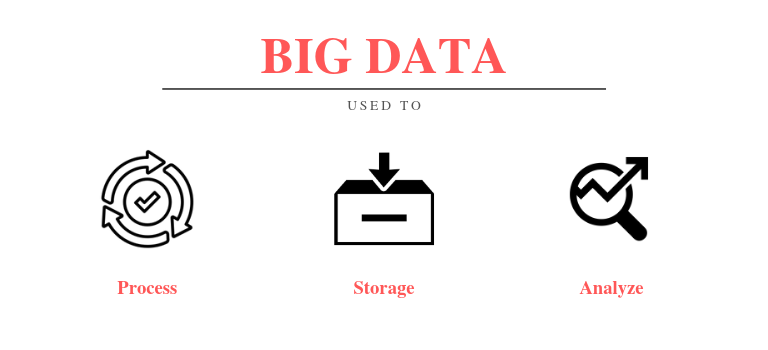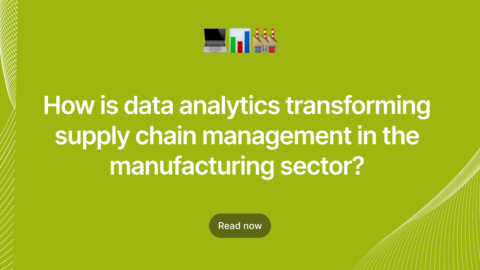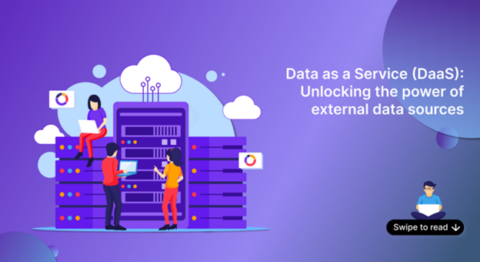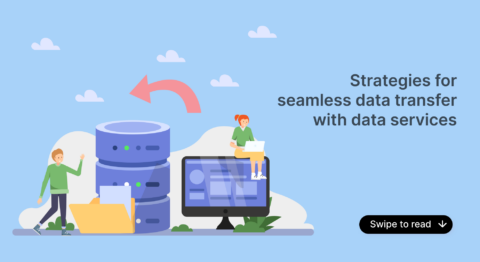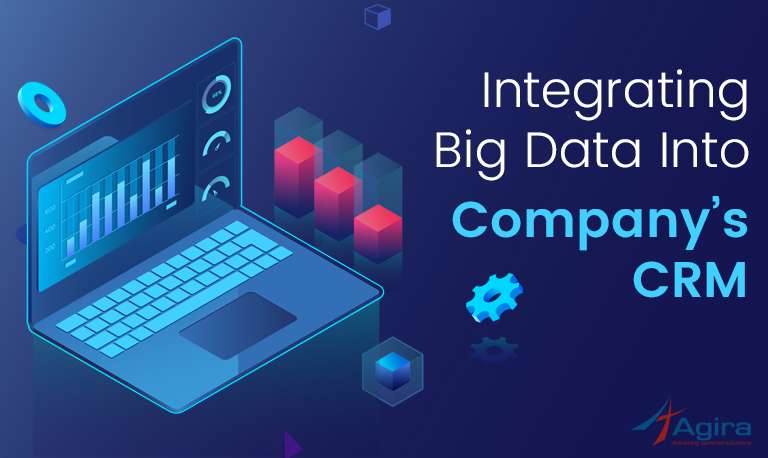Many of you would have probably heard about Big data Analytics. Have you ever wondered what it is all about and how it can help us?
In this article let’s learn the basics of Big data analytics. Big data analytics can be defined as a process of examining large and varied data sets. We use advanced analytics techniques against the large data to uncover the hidden patterns, unknown correlations, market trends, customer preferences, and other useful information. This helps the organizations to make informed decisions.
To understand Big Data Analytics you have to first understand What Analytics is?
What is Analytics?
Analytics is an encompassing and multidimensional field. It uses mathematics, statistics, predictive modeling and machine-learning techniques to find meaningful patterns and knowledge in recorded data.
What is Big Data Analytics?
Big data analytics examines large amounts of data to uncover hidden patterns, correlations and other insights. With today’s technology, it’s possible to analyze your data and get answers from it immediately. Big Data Analytics helps you to understand your organization better. With the use of Big data analytics, one can make informed decisions without blindly relying on guesses.
And it can help answer the following types of questions:
History and Evolution of Big Data Analytics
The concept of big data has been around for years; most organizations now understand that if they capture all the data that streams into their businesses, they can apply analytics and get significant value from it. But even in the 1950s, decades before anyone uttered the term “big data,” businesses were using basic analytics essentially numbers in a spreadsheet that were manually examined to uncover insights and trends.
The new benefits that big data analytics brings to the table, however, are speed and efficiency. Whereas a few years ago a business would have gathered information, run analytics and unearthed information that could be used for future decisions, today that business can identify insights for immediate decisions. The ability to work faster and stay agile. Gives organizations a competitive edge they didn’t have before.
How does Big Data Analytics work?
Hadoop is the solution to this problem. It is a framework that manages the distribution and processes of big data. Hadoop Distributed File System is the storage unit of Hadoop where data is divided and stored distributedly amongst many storage units.
Values of Big Data Analytics
Big data analytics helps organizations harness their data and use it to identify new opportunities. That, in turn, leads to smarter business moves, more efficient operations, higher profits, and happier customers. Here are the most important values of Big Data.
Uses of Big Data analytics across different industries
Banking
Government
When government agencies are able to harness and apply analytics to their big data, they gain significant ground when it comes to managing utilities, running agencies, dealing with traffic congestion or preventing crime.
Health Care
Patient records, Treatment plans, Prescription information. When it comes to health care, everything needs to be done quickly, accurately. And, in some cases, with enough transparency to satisfy stringent industry regulations. When big data is managed effectively, health care providers can uncover hidden insights that improve patient care.
Education
Educators armed with data-driven insight can make a significant impact on school systems, students, and curriculums. By analyzing big data, they can identify at-risk students, make sure students are making adequate progress, and can implement a better system for evaluation and support of teachers and principals.
Manufacturing
Armed with insight that big data can provide, manufacturers can boost quality and output while minimizing waste – processes that are key in today’s highly competitive market. More and more manufacturers are working in an analytics-based culture, which means they can solve problems faster and make more agile business decisions.
Retail
Customer relationship building is critical to the retail industry. And the best way to manage that is to manage big data. Retailers need to know the best way to market to customers. The most effective way to handle transactions and the most strategic way to bring back lapsed business. Big data remains at the heart of all those things.
Final Thoughts…
Apart from the wide range of benefits Big Data Analytics offers, there are some pitfalls like lack of internal analytic skills and hiring a skilled data scientist and data engineers to fill this gap will cost you more money.
Sometimes Data management issues may arise depending upon the amount and variety of data involved. In addition, integrating Hadoop, Spark and other big data tools into a cohesive architecture that meets an organization’s big data analytics needs is a challenging proposition for many IT and analytics teams, which have to identify the right mix of technologies and then put the pieces together.
Hope this blog helps you to understand the basics of Big Data Analytics and its Values. In our next blog, let us learn about the various Big Data Analytics Tools used across the organizations.
For more on Big data and other advanced technologies follow – Agira Technologies.






